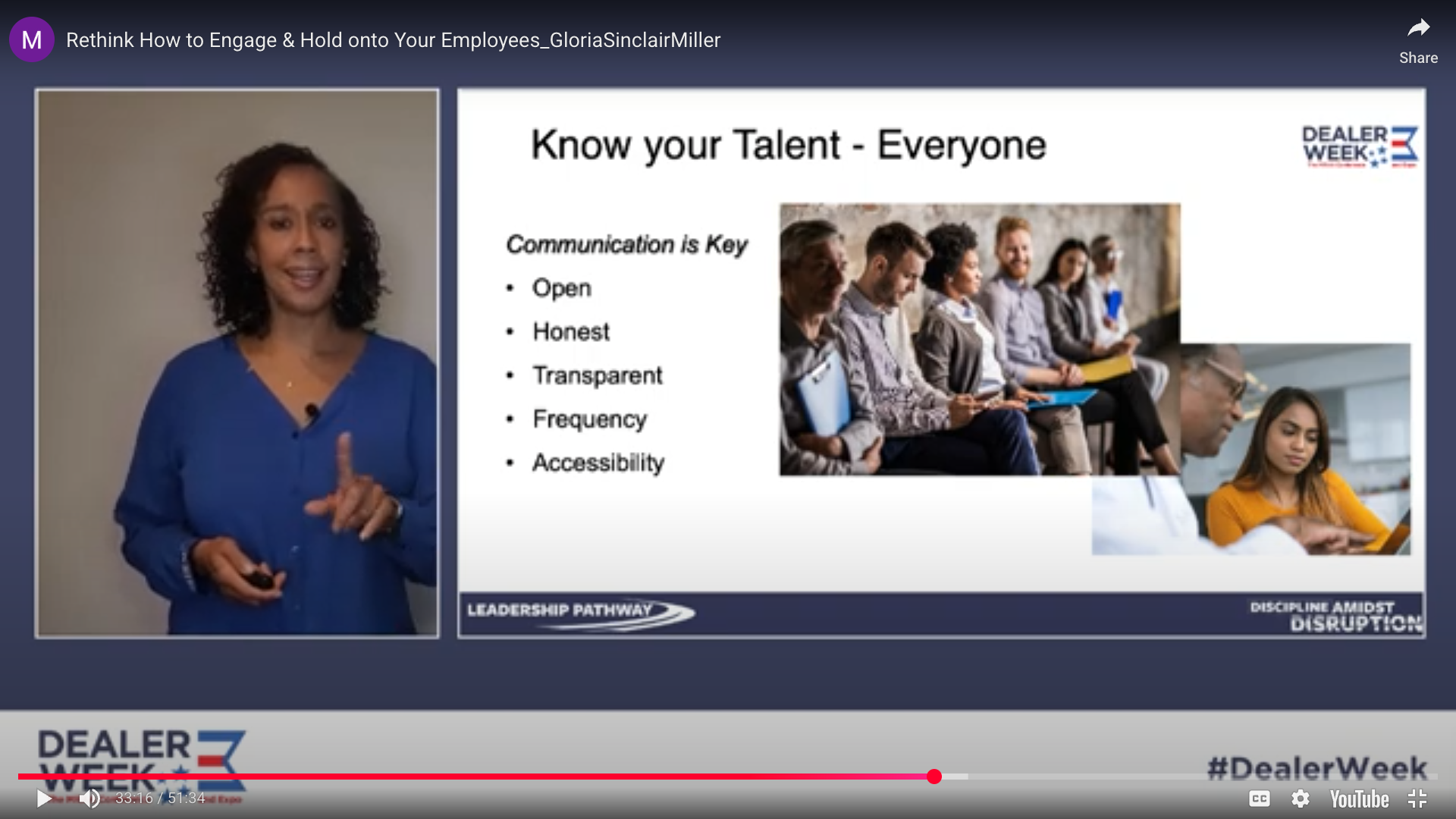Over the pandemic-riddled 12-month period of April 2020 through March 2021, it took boat dealers an average of 70.5 days to complete service on a new boat under warranty.
This isn’t a rough estimate. We’ve pulled this data directly from the Lightspeed dealership management systems of real boat dealers. This jaw-dropping statistic underscores a number of harsh realities that negatively impact the boat ownership experience.
CDK Lightspeed began tracking this data after an insightful presentation that Valerie Ziebron made at the 2019 Dealer Week, the Marine Retailers Association of the Americas’ annual conference. It shows Repair Cycle Times, or the number of days a boat spent in the shop (or at least in a dealer’s possession) between the initial write-up and the final close-out.
Let’s start with the basics of this entire conversation:
1. Over the 12-month period, it took dealers an average of 54 days to move a boat through the entire repair cycle. That’s a week shy of two months. As a boat dealer, my first question would be: “How do I shorten this timeframe?”
2. The average time it took for a customer-pay repair order to move through the process was 50 days, or a little more than four days shorter than the overall average. Still more than a month and a half in duration, how do we shorten this time in shop.
3. But that also means that the average time for a warranty repair to be made is off the charts: More than 70 days in shop. Now, we’re at more than two months for brand-new boats and our most valuable customers. That these high-priority boaters are off the water for 10 weeks is troubling, to say the least.
But while it can be tempting to start blaming the other side of the supply chain here, let’s take a closer look at some of the details. Lightspeed broke down the time allotments for situations with an RO that required an out-of-stock part, and here’s what we learned:
1. From the write-up to the day the part was ordered, on average, dealers took a full month before they ordered the part. Do you have the processes in place to inspect, troubleshoot and order parts when the boat first arrives? If so, you could potentially cut a full month out of the repair cycle.
2. After the order was placed, it took more than a week for the parts to arrive. In the era of same-day delivery, more than two days feels like an eternity. But seven? How do we shorten this cycle?
3. Then, once the part is received, it took nearly another 19 days before the problem was repaired and the RO was closed out. Are you using processes in your dealership to create the greatest efficiencies here? And how much time is spent waiting for the customer to come pick up that boat?
It’s true that this data has been sampled amidst the pandemic, when supply chains are compromised and the pressure on dealer service departments has been unprecedented. The data didn’t exist for more than three months prior to the pandemic, so it won’t be until after this cycle of supply and demand normalizes that we fully understand covid’s implications. In the meantime, however, there is room for improvement, and smart dealers will be working toward shortening the time in shop for each boat.
If repair cycle time is a concern for you, and through the eyes of the customer experience, IT IS, then you’ve got some opportunity to create a competitive advantage here. These average times are ripe for reduction, and shortening these time frames will lead to greater revenue, greater profit margins, and happier customers. And when those customers start to brag to their friends about how quickly you turned their boat around, the word-of-mouth marketing you’ll receive will prove invaluable.
Our team at the MRAA has been compiling best practices and other strategies for reducing your repair cycle time. Check them out at MRAA.com/resources and select the Service tab for access.
Written by MRAA President Matt Gruhn, this article on repair cycle times and the importance of focusing on reducing them to have more success and make happier customers originally ran in the CDK Newsletter.




